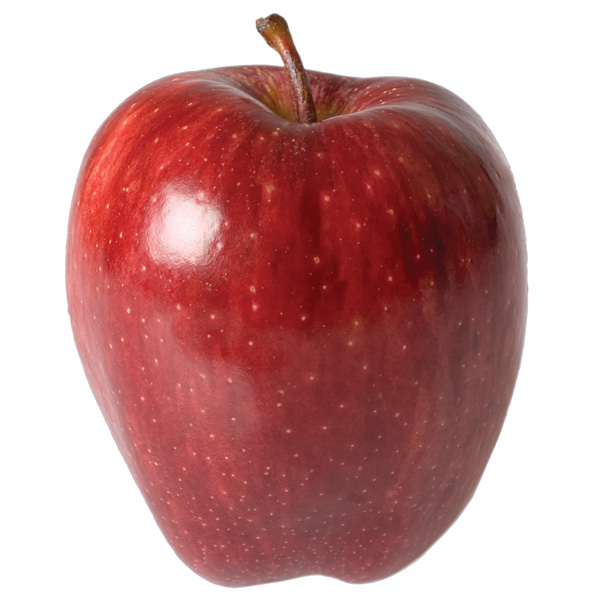 When I was a freshman in high school, two soda machines were installed in our cafeteria. School lunches cost a dollar, but the truly rebellious kids bypassed the lunch lines entirely and would buy a soda for 50 cents and two 25 cent bags of chips. Katie Cavuto-Boyle (p.37) would not have approved! One day, however, I couldn’t resist the forbidden fruit (fructose?), and, after leaving the brown bag lunch mom had packed at home, ate the soda/chips combination. Hours later, I felt awful, and in one of those rare moments of teenage self-awareness, I vowed to never do that again.
When I was a freshman in high school, two soda machines were installed in our cafeteria. School lunches cost a dollar, but the truly rebellious kids bypassed the lunch lines entirely and would buy a soda for 50 cents and two 25 cent bags of chips. Katie Cavuto-Boyle (p.37) would not have approved! One day, however, I couldn’t resist the forbidden fruit (fructose?), and, after leaving the brown bag lunch mom had packed at home, ate the soda/chips combination. Hours later, I felt awful, and in one of those rare moments of teenage self-awareness, I vowed to never do that again.
Eating junk food as a meal has certainly lost its appeal to me as an adult, and, as we all see the effects it has on our health, it’s losing its appeal to us as a society. Over the past 10 years, a massive awakening in the United States has occurred. When kids eat healthy food, they feel better, think better and perform better. Considering the positive economic benefits of buying locally as well, and how growing our own food makes us a more self-reliant community, transitioning towards a new model is a grand slam—a 450-foot Ryan Howard moon shot of a grand slam.
As Will Dean reports in our cover story (p.30), $25,000 has been allocated here to buying fresh, local food. While that number is very small—a pittance when divided over five schools—it’s a commendable step in the right direction, and everyone involved should be applauded. So far, 24 states have passed legislation supporting farm to school initiatives, including our nearby neighbor Rhode Island, where a five percent income tax credit based on the cost of production is given to farmers who sell to local schools. It’s inspiring to see policy passed that seems to have people’s health and well-being at its core. Grid will continue to monitor this issue on a local level very closely.
Since we love food so much, we have more in-season recipes (p.40), and, beginning this month, we will spotlight a fruit or vegetable—for September, it’s the pepper (p.39) —that we hope will enhance your appreciation of our produce.
Grid faithful might be surprised to see a fashion shoot (p.21) in our pages, but we wanted to demonstrate that it isn’t necessary to trudge to a mall or a chain store to look fashionable. Reusing—in the form of clothing from vintage, thrift and consignment stores—is front and center in the shoot. Sprinkle in a few garments from some eco-boutique shops, and you can see that style need not be sacrificed. When it’s time for you to spruce up your wardrobe, be sure to also check out our guide to mindful shopping in the city (p. 26-27).
The photo shoot was a massive undertaking, and we couldn’t have done it without a lot of help. Thanks to all of our model citizens—we picked a few people from local businesses and nonprofits—who took the time out of their busy days to play dress-up. Many thanks to all of the stores who generously lent us their clothing, as well as Arcadia Boutique, who let us borrow a steamer, and The Wardrobe Boutique, who shared a clothing rack with us. Grid wishes to acknowledge our issue sponsor, Dansko. Part of their mission is to be a positive force in their local community; we’re excited and grateful that they view our efforts as something worth supporting.
Finally, we wanted to put the power in your hands as well, so our how-to this month is Reesha Grosso’s step-by-step on how sew a button (p.18). I’m not sure if the revolution will be televised, but if it is, we should all look sharp.
Alex J. Mulcahy
Publisher
alex@gridphilly.com


